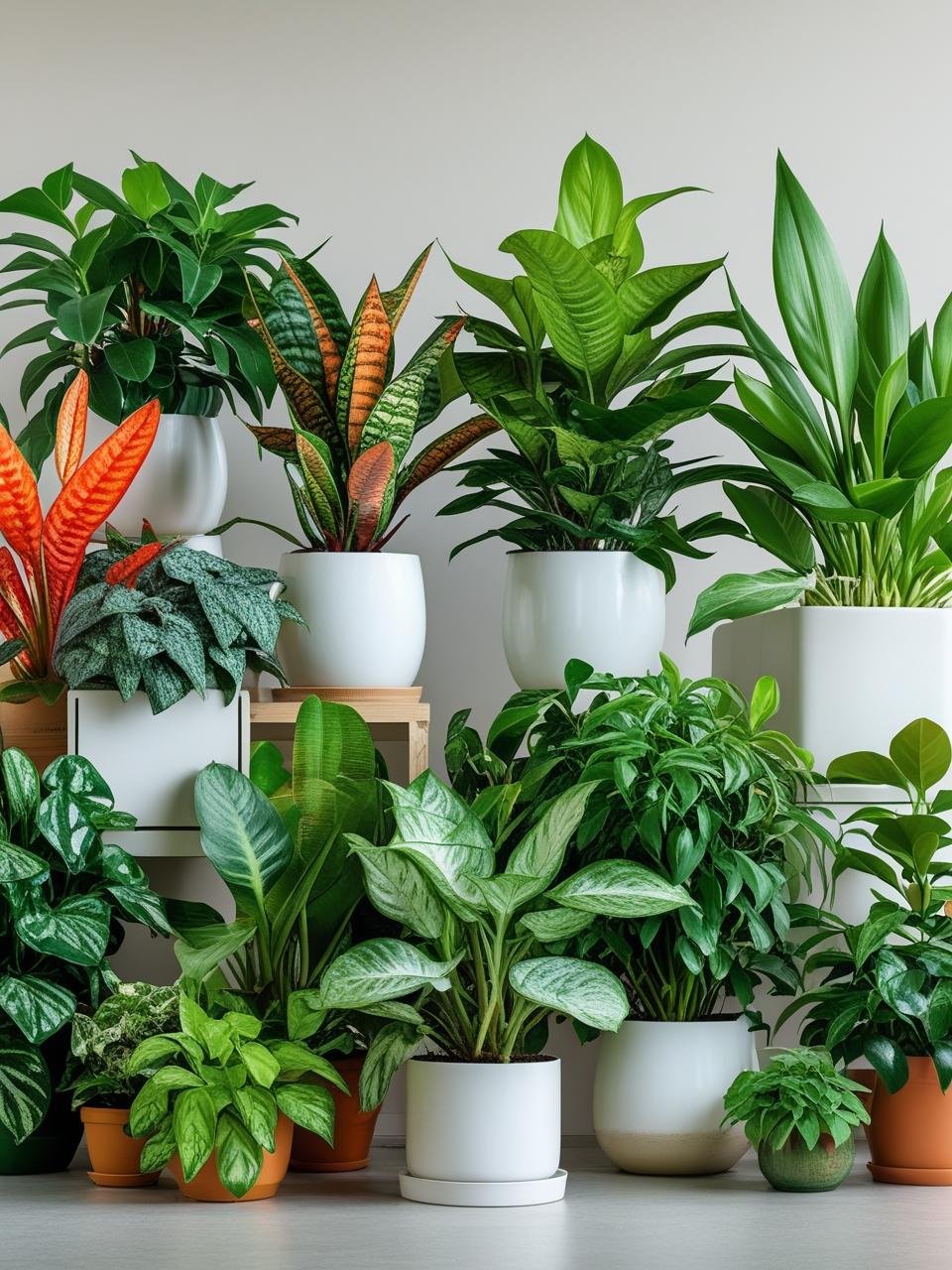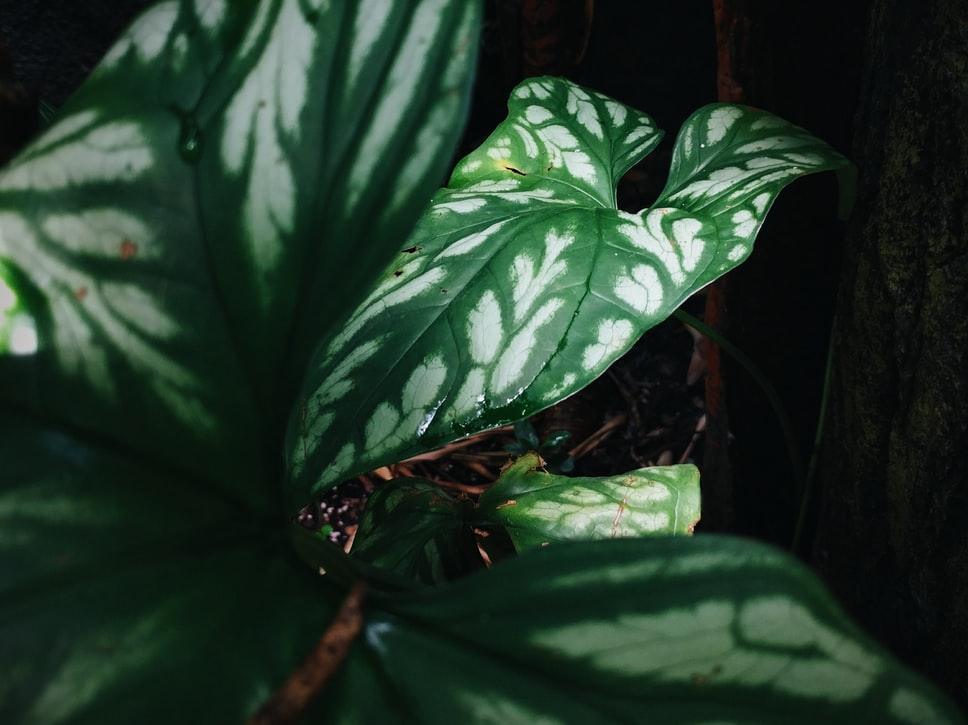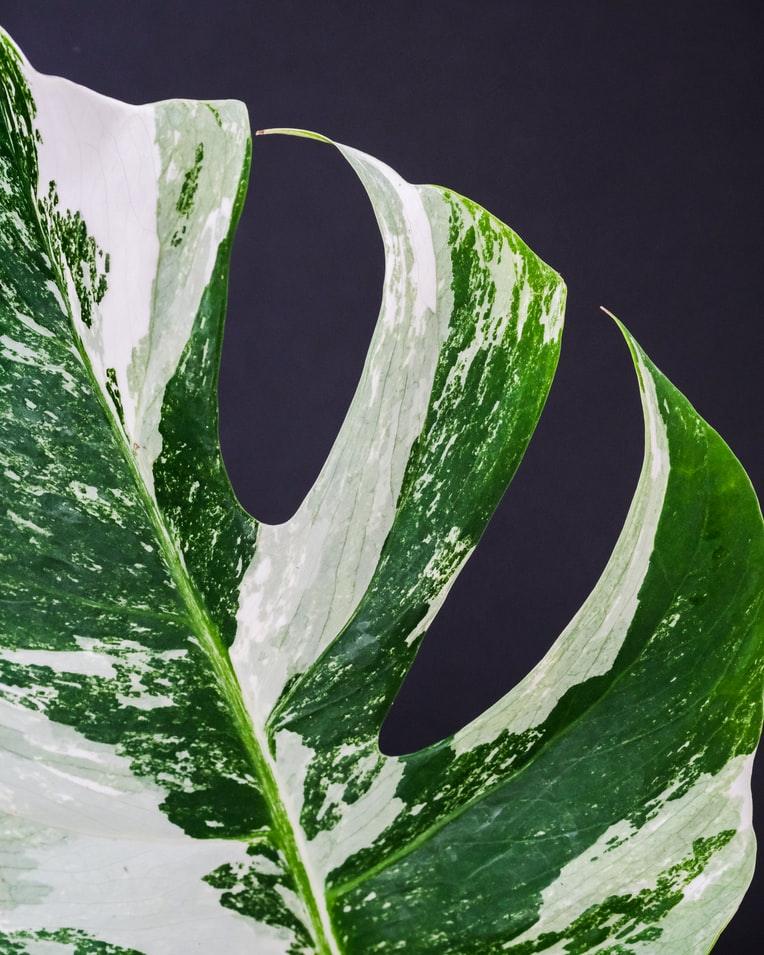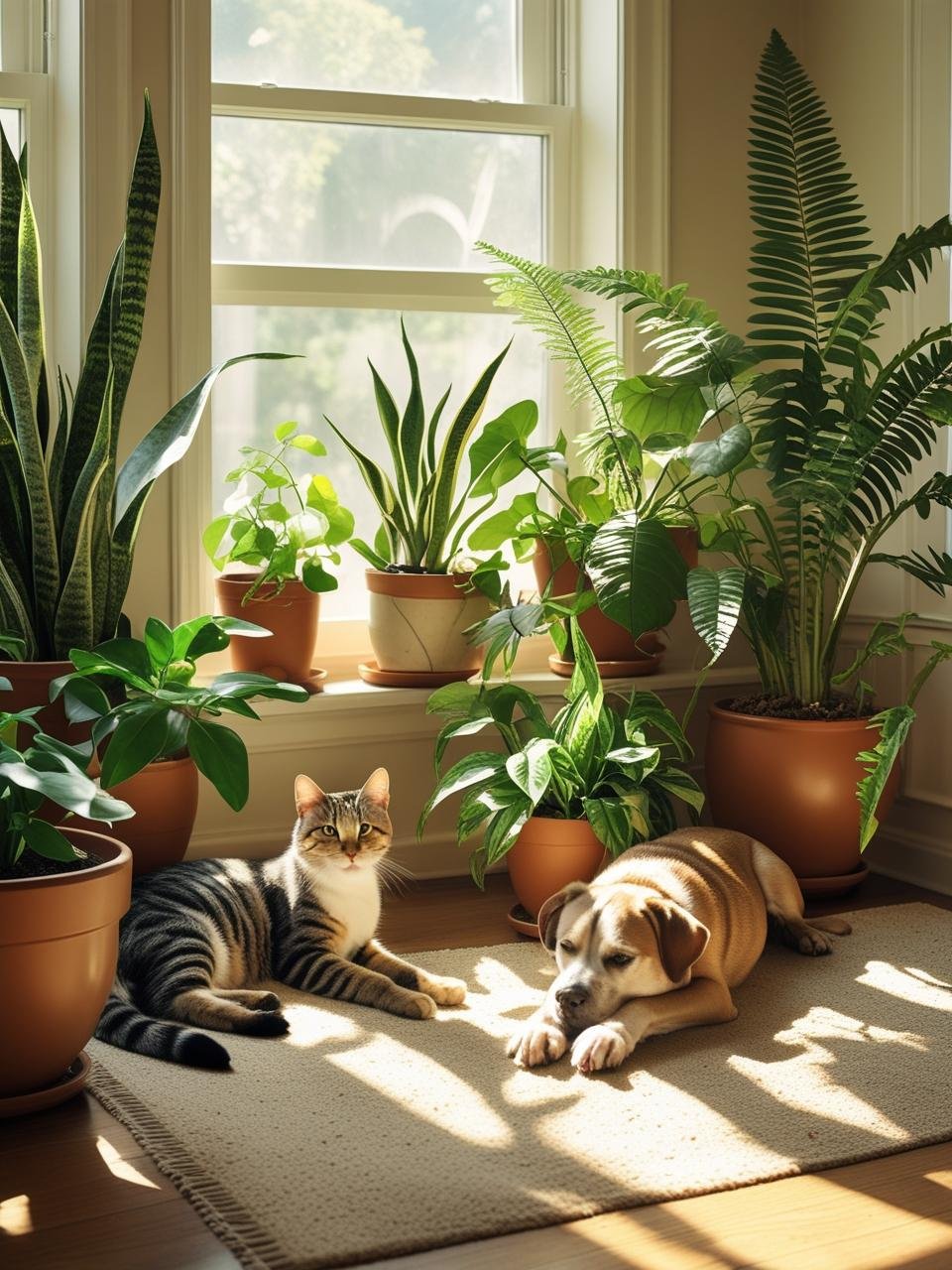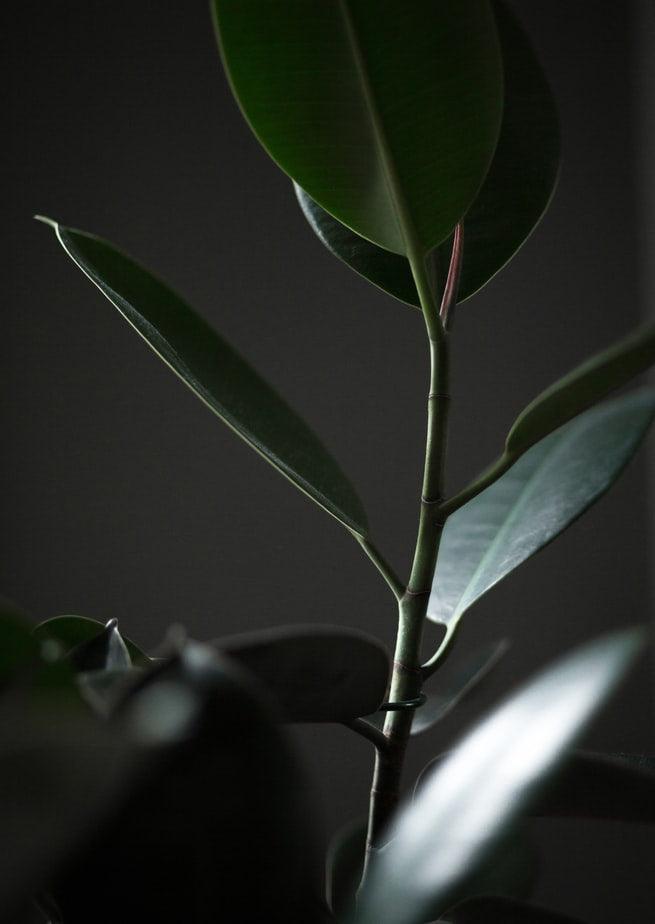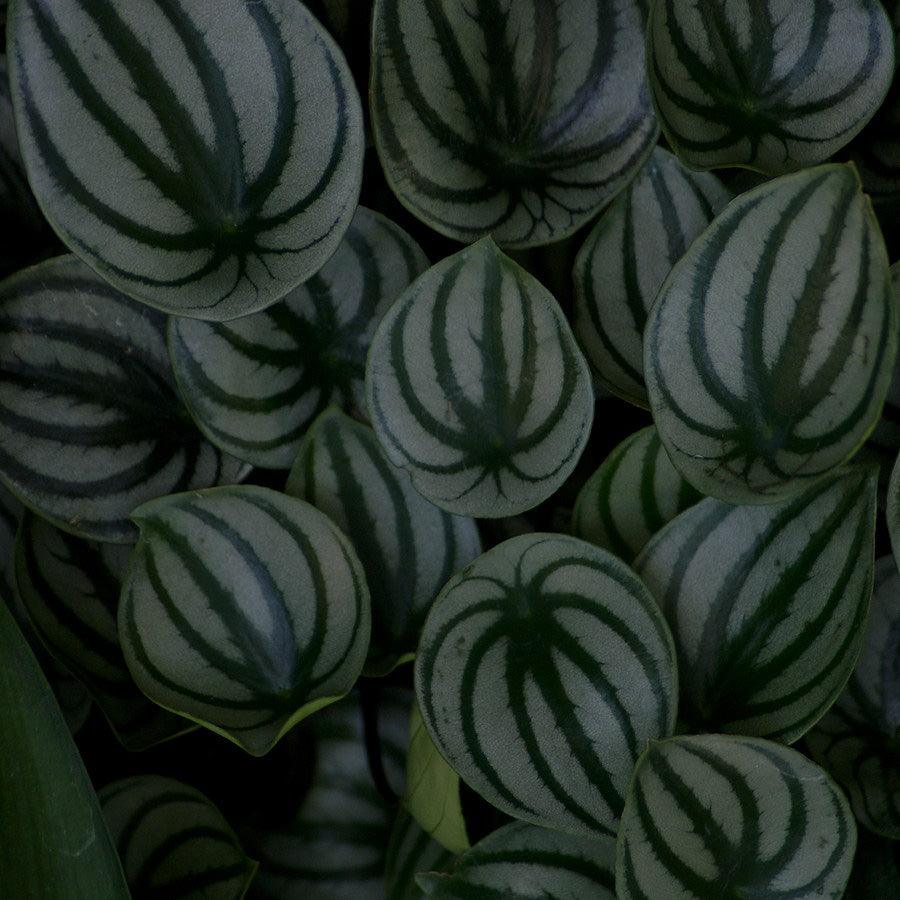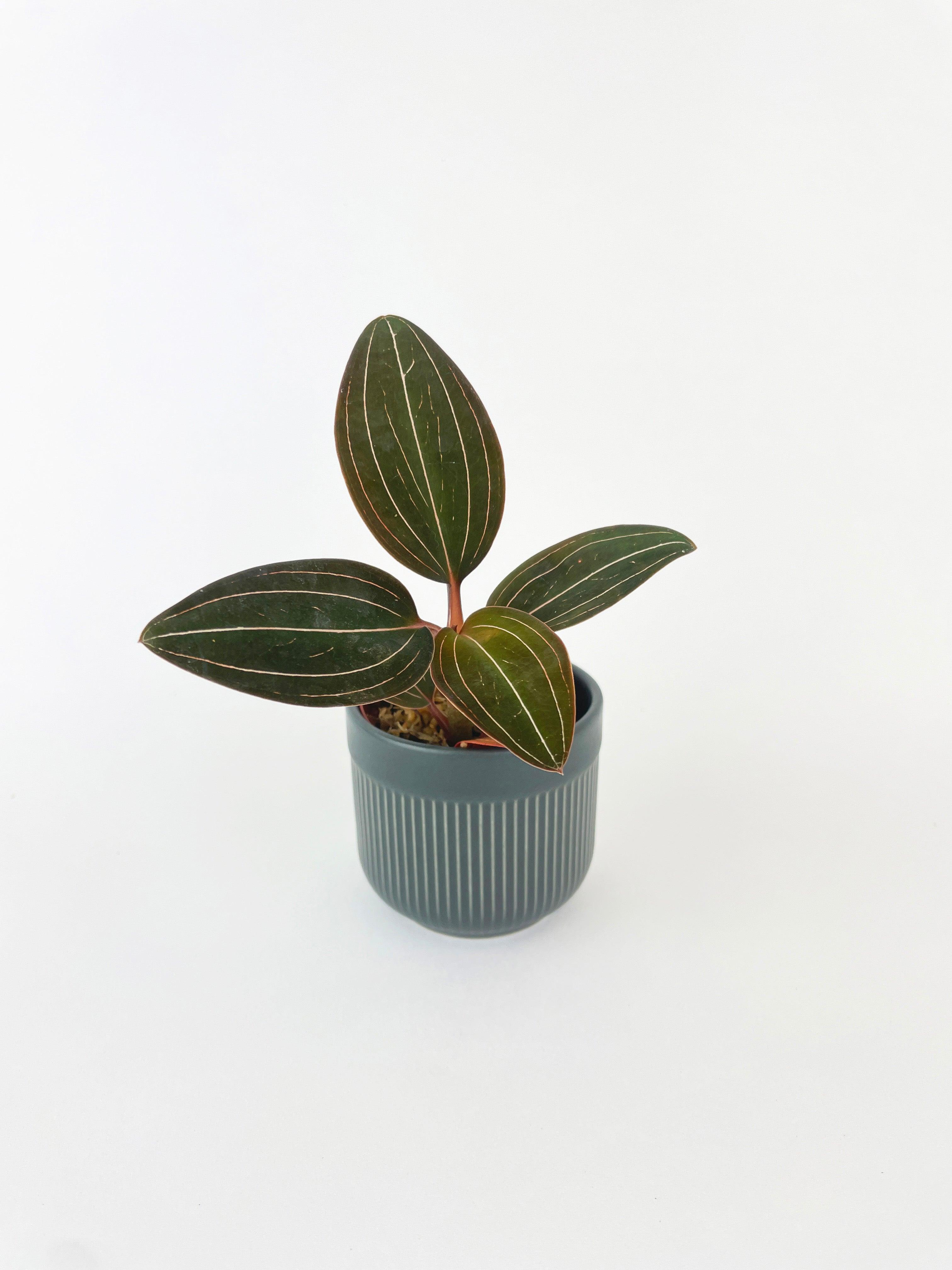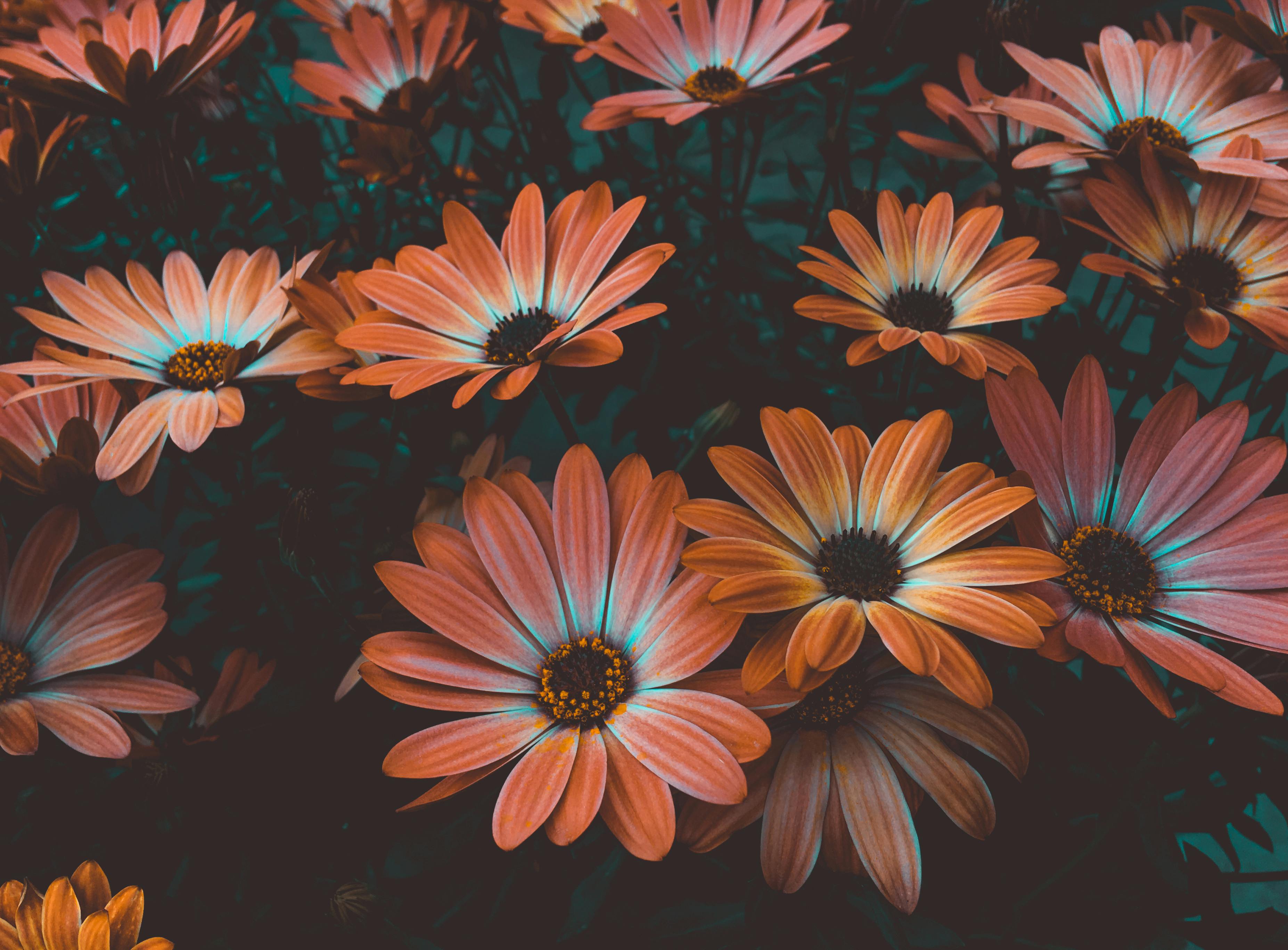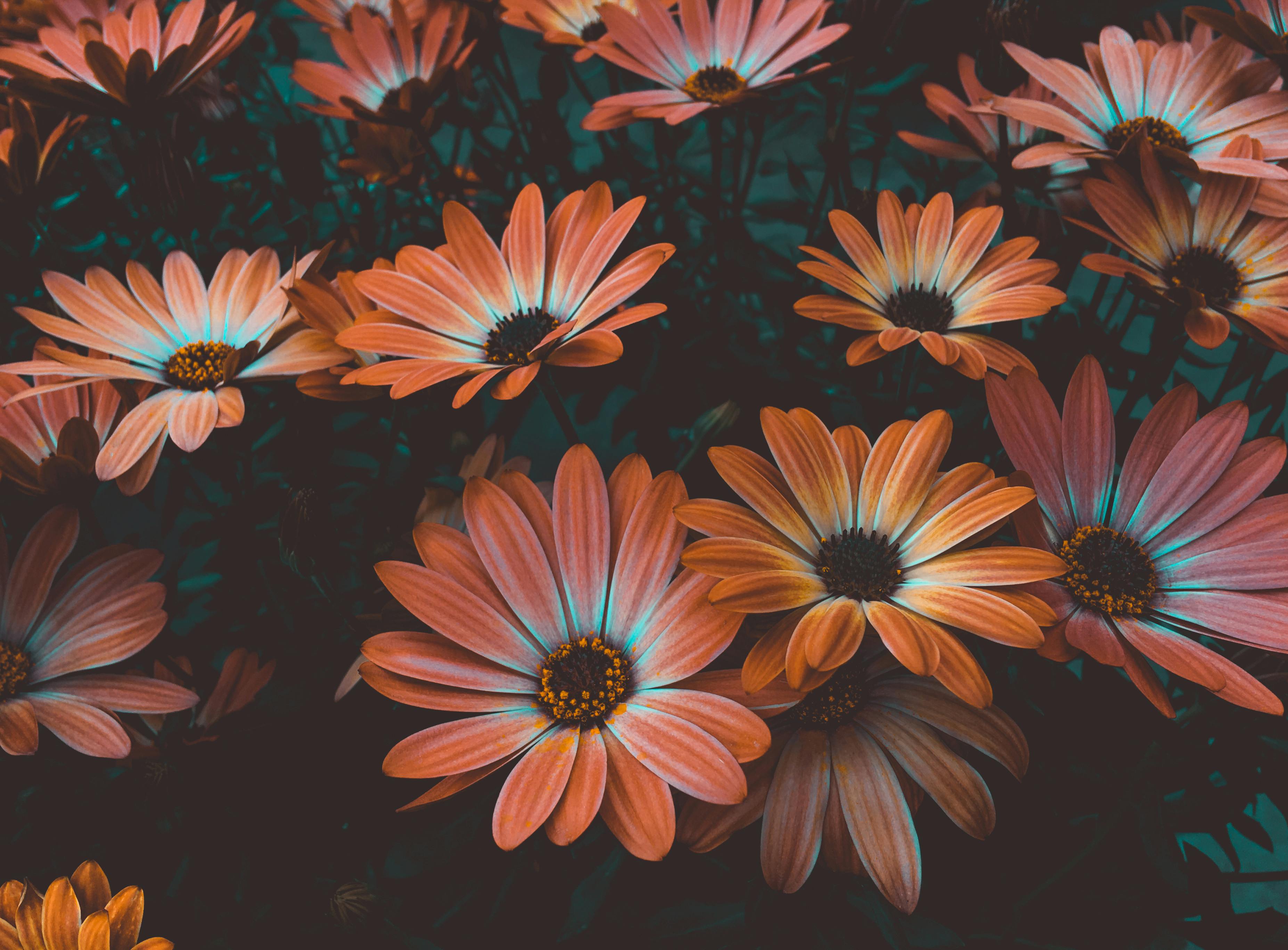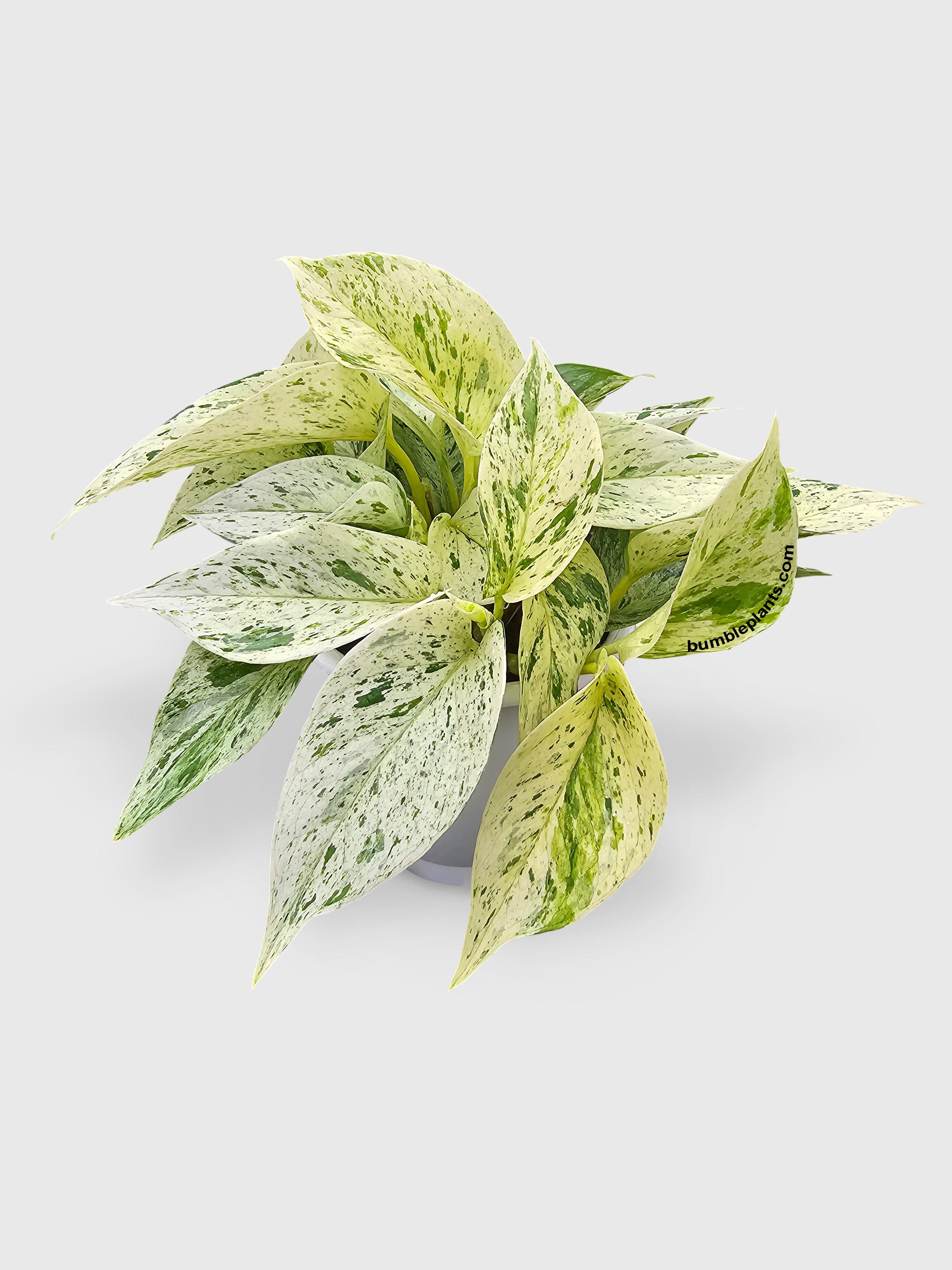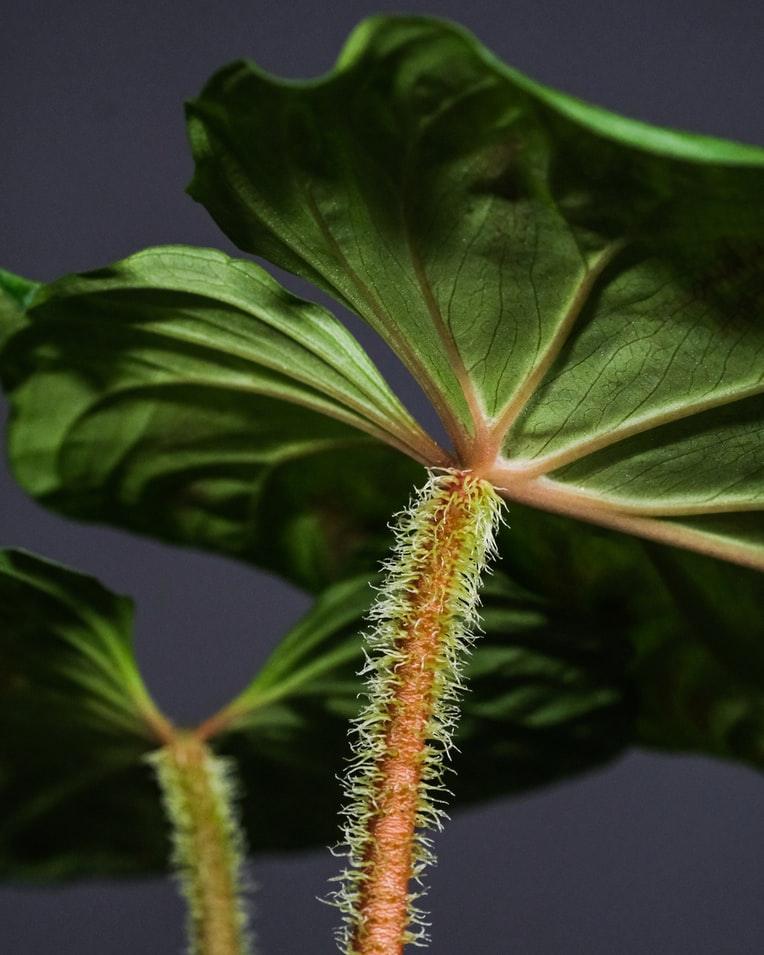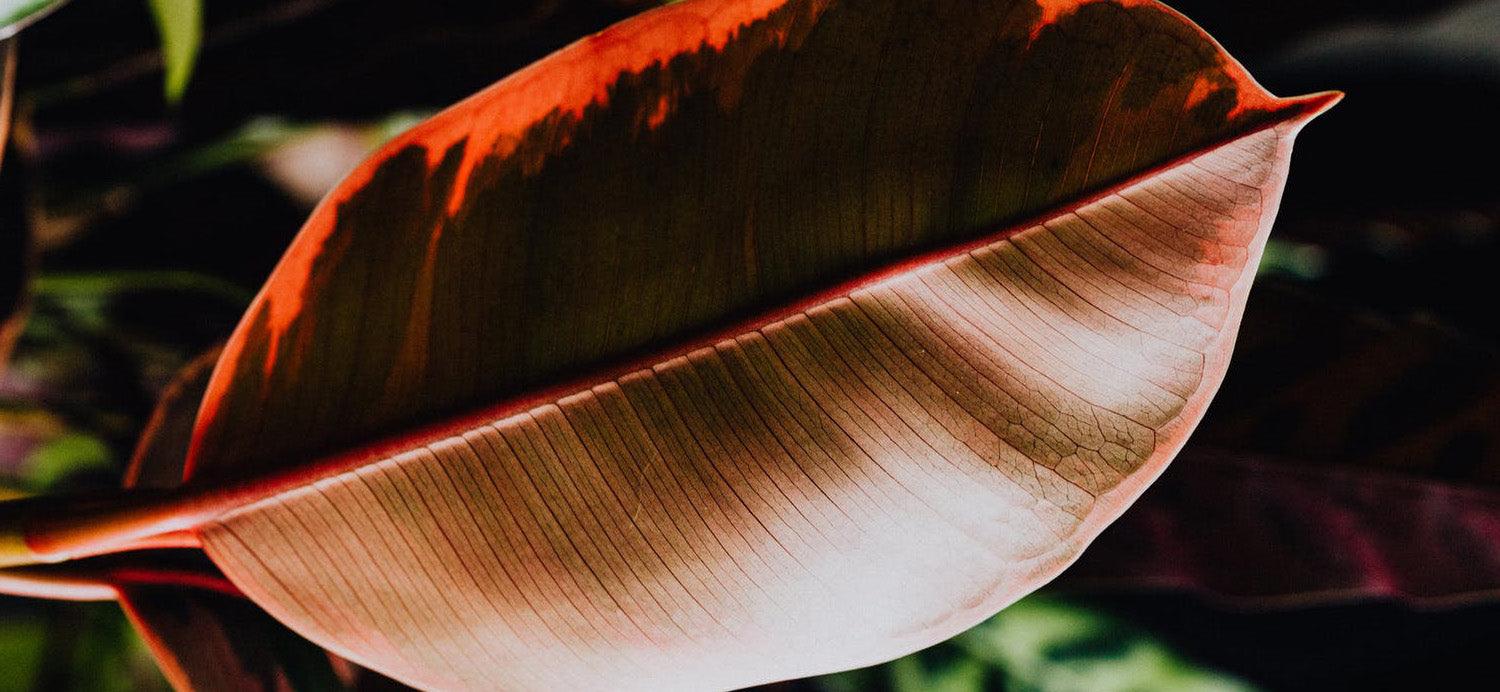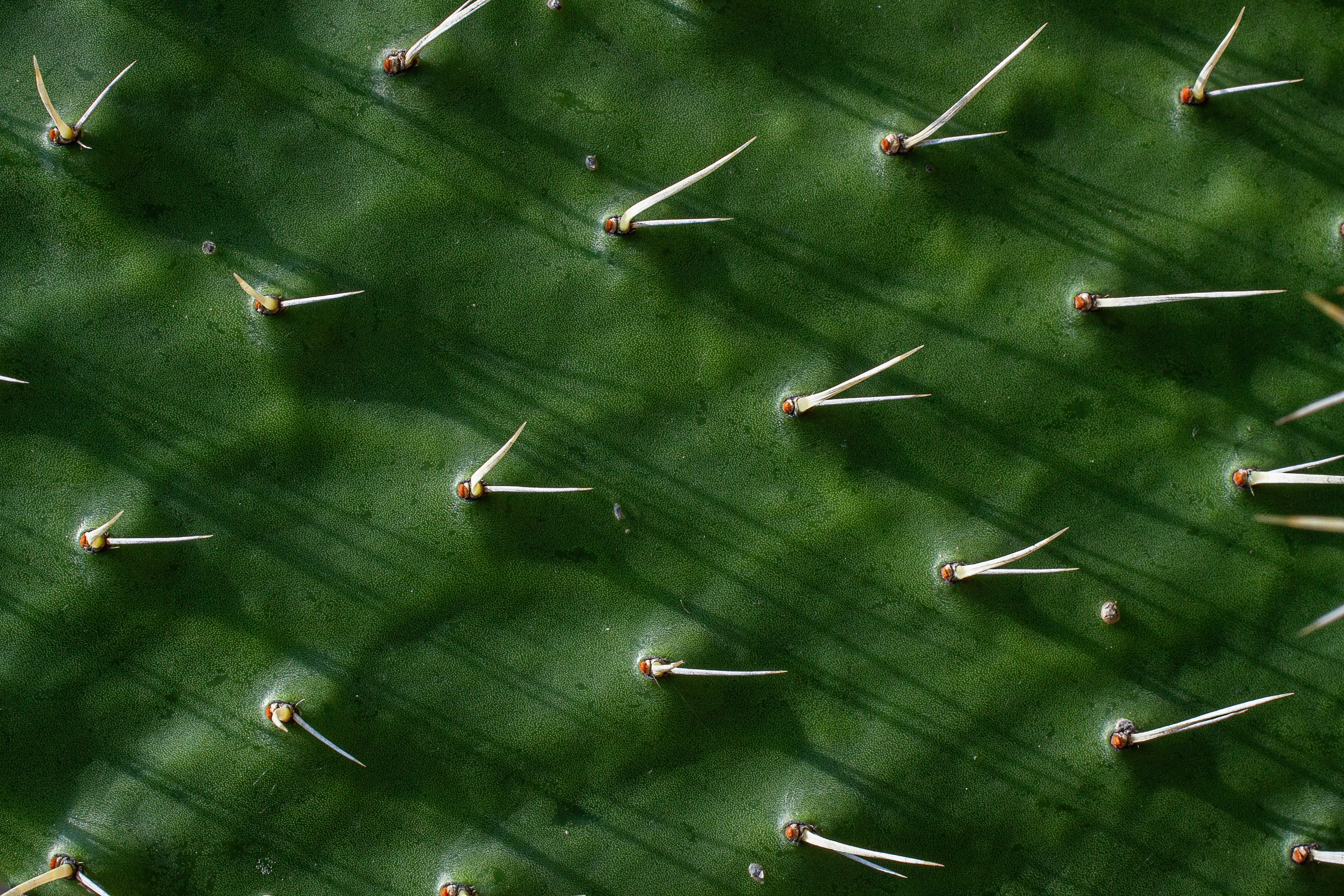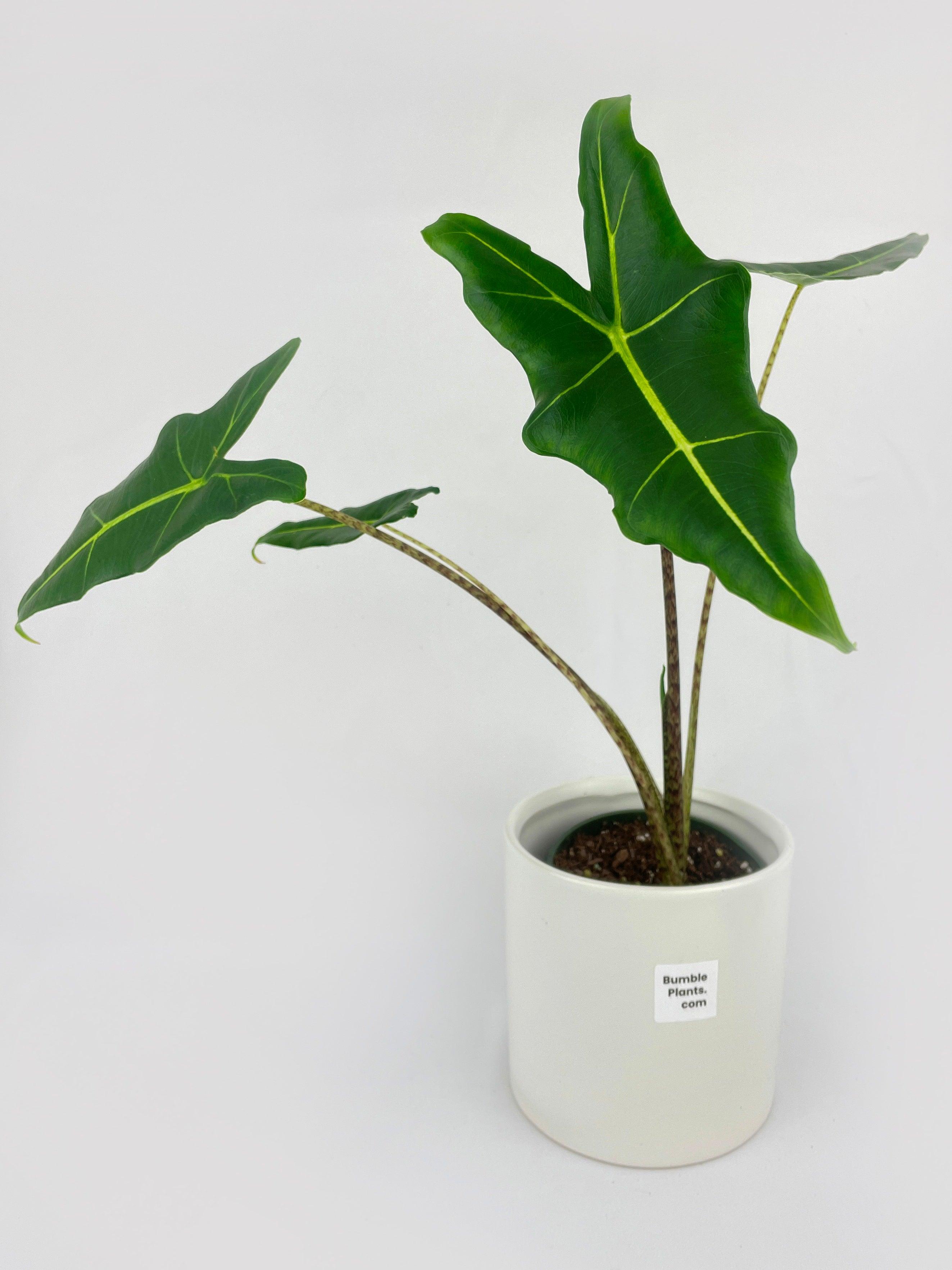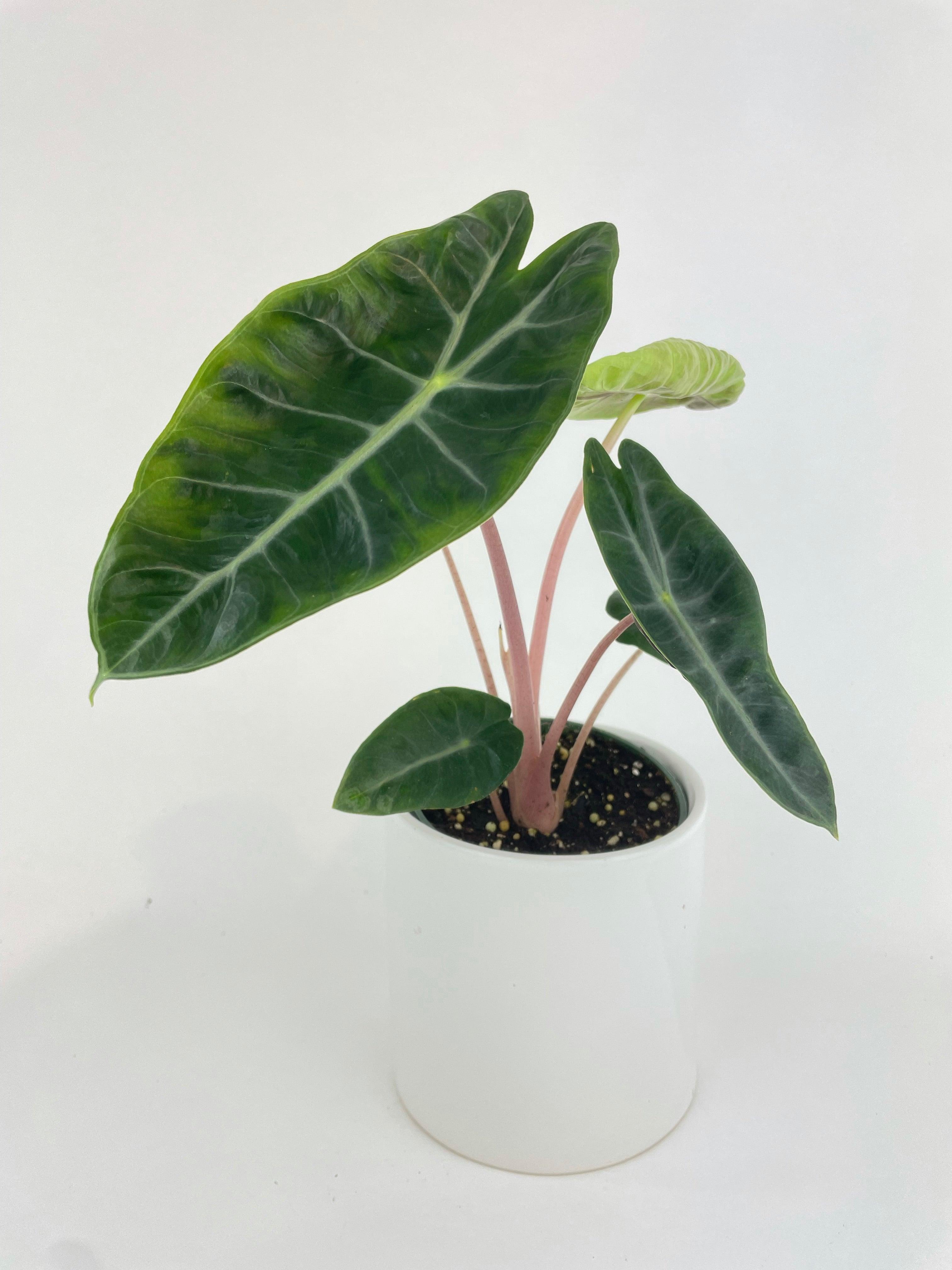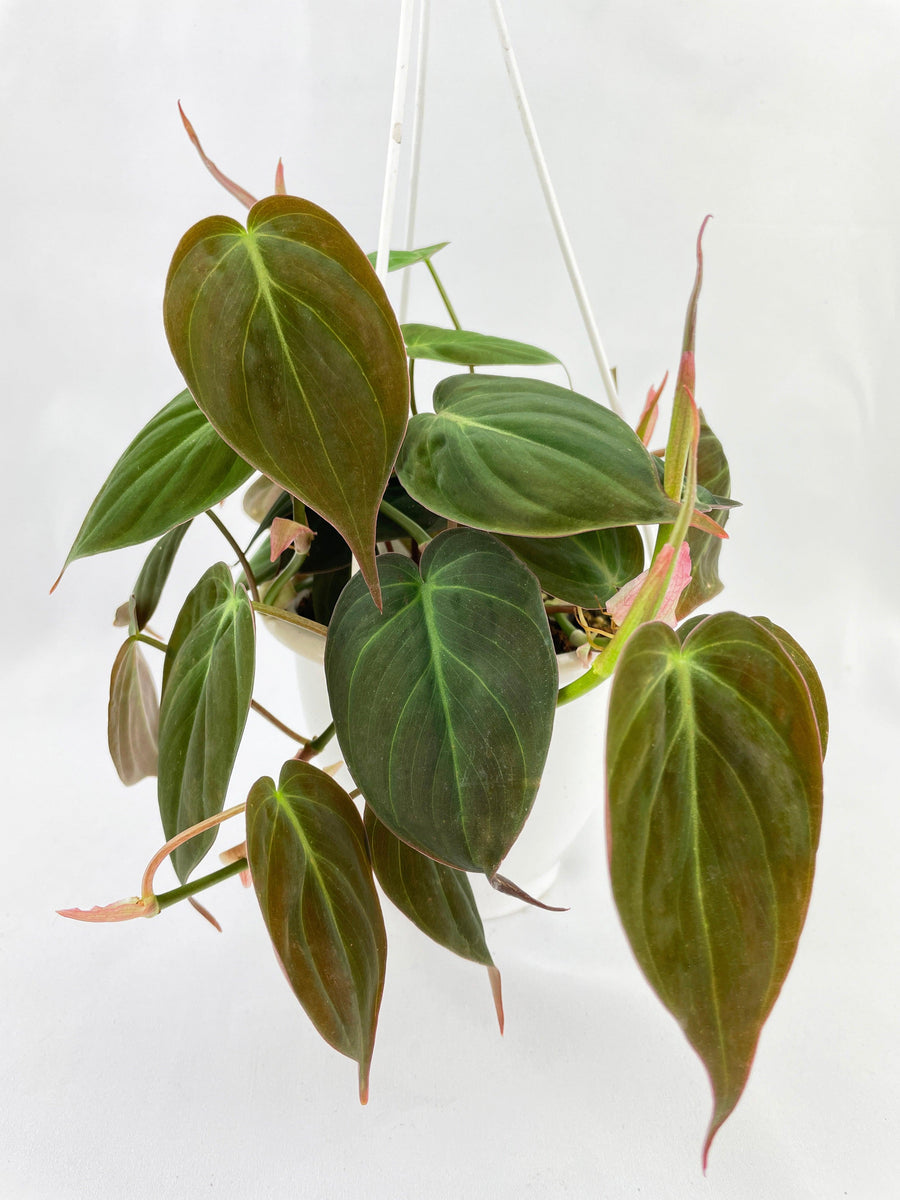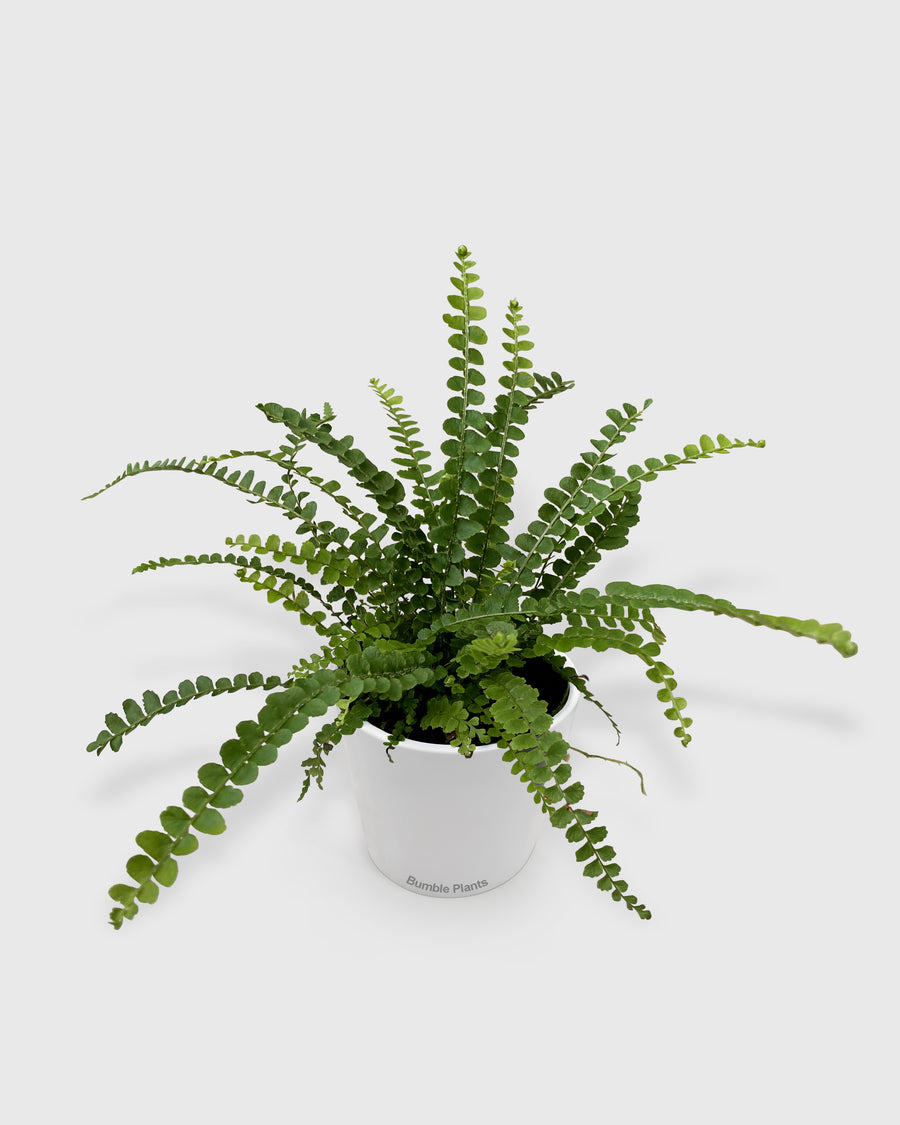Indoor Plant Care During Seasonal Changes: Best Practices and Advice
Have you ever noticed your favorite houseplant looking a little less vibrant as the seasons change? Maybe its leaves droop a bit more in the winter, or it seems to dry out faster in the summer sun. Don't worry, plant parent! Just like outdoor plants, our indoor companions respond to the subtle shifts in light, temperature, and humidity that come with each season. But fear not, because with a few adjustments to your care routine, you can keep your leafy friends thriving year-round! This guide will equip you with the knowledge to become a seasonal plant care pro, ensuring your indoor jungle flourishes through spring, summer, fall, and winter. Let's delve into the fascinating world of seasonal plant care and discover how to keep your plant pals happy and healthy, no matter what the weather throws your way!
Understanding Seasonal Effects on Indoor Plants
Our indoor plant friends might seem unfazed by the changing seasons outside, but they're actually quite sensitive to the subtle shifts happening within our homes. Just like outdoor plants, they respond to variations in:
Light Levels: As days lengthen in spring and summer, natural light becomes more abundant. Conversely, fall and winter bring shorter days with less light.
Humidity: Warmer summer months often mean drier air, while winter with its cranked-up heating can lead to significant humidity drops.
Temperature: Seasonal temperature fluctuations can also impact plant growth and water needs.
Light Levels and Seasonal Adjustments:
Plants are like tiny light-guzzling machines! The amount of natural light they receive significantly impacts their growth and overall health. Here's how to adapt their lighting situation throughout the year:
Spring and Summer: As days get longer and sunshine becomes more plentiful, it's a good idea to rotate your plants regularly. This ensures even growth and prevents them from stretching towards the light source (looking leggy!). Light-loving plants might appreciate a closer spot to the window, while those that prefer indirect light can stay happy a bit further back.
Fall and Winter: As days shorten and natural light dwindles, some plants might require a little extra help. Here's where supplementing with grow lights comes in! These handy tools can mimic natural sunlight and keep your shade-loving plants thriving during the darker months. (Winter light for indoor plants)
Humidity Fluctuations and Plant Health:
Just like light, humidity levels play a crucial role in plant health. Here's how seasonal changes can affect humidity and what you can do to keep your plants happy:
Summer: Warmer temperatures often lead to drier air, which can be especially harsh for moisture-loving plants. Grouping plants together can help create a mini humid microclimate. Additionally, using a humidifier is a great way to increase the overall humidity level in your home.
Winter: The combination of cold temperatures and cranked-up heating systems can significantly drop humidity levels in winter. Dry air can lead to brown, crispy leaves. To combat this, consider using a pebble tray (a tray filled with pebbles and water) near your plants or misting them occasionally with filtered or room-temperature water.
Seasonal Watering Strategies
Watering is like giving your plants a big drink - essential for their survival, but overdoing it can be just as harmful. The amount of water your indoor plants need actually varies depending on the season. Here's how to adjust your watering routine to keep your leafy friends happy throughout the year:
Spring and Summer: Increased sunlight and warmer temperatures generally mean plants will require more frequent watering. However, it's crucial to avoid overwatering! The key is to water thoroughly until water runs out the drainage holes, then wait until the top inch or two of soil feels dry before watering again.
Fall and Winter: As days shorten and temperatures drop, plants enter a slower growth phase. This means they'll need less water. Overwatering during cooler months is a recipe for root rot, so be sure to adjust your watering frequency accordingly. A good rule of thumb is to water less often and only when the top inch or two of soil feels completely dry.
Optimizing Plant Nutrition with Seasonal Fertilization
Just like us humans, plants need a balanced diet to thrive! While sunlight and water are crucial, fertilizer provides essential nutrients that fuel healthy growth. But here's the thing: the amount of fertilizer your plant needs also changes with the seasons.
Spring and Summer: This is the active growth period for most indoor plants. To give them the nutrients they need to flourish, use a balanced fertilizer according to the manufacturer's instructions. Remember, "less is more" applies here. Over Fertilizing can damage your plant's roots, so it's always better to err on the side of caution.
Fall and Winter: As days shorten and temperatures drop, most plants enter a dormant phase. During this time, their growth slows down significantly, and they require minimal to no fertilizer. Hold off on fertilizing during the colder months and resume feeding them again come spring when they start actively growing once more.
Addressing Seasonal Plant Problems
Even the most attentive plant parent might encounter occasional challenges. The good news is that many plant problems are preventable or treatable with a little know-how. Here's how to keep your eye out for seasonal issues and address them effectively:
Seasonal Pests and Diseases: Just like us, plants are more susceptible to certain problems depending on the season. For example, spider mites often thrive in dry winter conditions. Staying vigilant and inspecting your plants regularly is key to catching problems early. If you notice unwanted guests, there are several organic methods and insecticidal soap options available for treatment.
Signs of Stress: Sometimes, our plants can't speak up when they're not feeling their best. Luckily, they often communicate their distress through visual cues. Learn to recognize signs of stress in your plants, such as drooping leaves, yellowing foliage, or stunted growth. These signals can indicate issues related to light, watering, temperature, or even pests. By identifying the cause of the stress, you can take corrective action and help your plant bounce back.
Reviving Dry Indoor Plants
We've all been there - you reach for your favorite plant and realize the soil is bone dry, and the leaves are looking a little worse for wear. Don't despair! Here's how to bring your parched plant back from the brink:
Immediate action: Time is of the essence! Thoroughly soak the dry soil until water runs freely out of the drainage holes. This ensures the entire root system receives a good drink. Avoid stopping the watering halfway, as this can encourage root rot in the long run.
Long-term care: Once your plant has received a good soaking, it's crucial to adjust your watering routine to prevent future drying out. Here are some tips:
Check the soil moisture regularly: Stick your finger into the top inch or two of soil. If it feels dry to the touch, it's time to water.
Water deeply and consistently: Aim to water your plant thoroughly until water runs out the drainage holes. This encourages the roots to grow deep and strong, making the plant less susceptible to drying out in the future.
Consider the pot material: Terracotta pots are porous and allow for faster drainage, so you might need to water more frequently. Glazed ceramic pots retain moisture better, so adjust your watering accordingly.
Repotting for Seasonal Growth
As your indoor plant thrives and grows, it might eventually outgrow its current pot. Repotting provides fresh space for root development and allows your plant to continue flourishing. But did you know that timing your repotting with the seasons can be beneficial?
Spring is generally the ideal time for repotting most houseplants. Here's why:
Plants are naturally more energized and actively growing during spring, making them better equipped to handle the stress of repotting.
With longer days and warmer temperatures, repotted plants have ample opportunity to establish themselves in their new containers before the slower growth of winter arrives.
Seasonal Maintenance Tasks
Throughout the year, there are simple maintenance tasks you can perform to keep your indoor plants looking their best and promote healthy growth. Here's how to incorporate these tasks into your seasonal routine:
Trimming: Regular trimming throughout the year encourages bushier growth and helps maintain a plant's desired shape. However, spring is generally considered the prime time for more extensive pruning. Here's why:
Spring coincides with a period of active growth, so plants can recover quickly from pruning cuts.
Removing leggy stems or overgrown branches allows for better light penetration within the plant, encouraging new growth in desirable areas.
Cleaning Leaves: Dust can accumulate on plant leaves over time, hindering their ability to absorb light and photosynthesize effectively. Here's how to keep your plant's leaves clean and functioning optimally:
Regularly wipe down dusty leaves with a damp cloth. This simple step allows them to breathe freely and function at their best.
Avoid using harsh chemicals or abrasive cleaners, as these can damage the delicate foliage. Opt for damp water or a mild soap solution if needed.
Seasonal Checklists for Plant Success
Staying organized and on top of your Seasonal plant care routine can feel overwhelming, especially with multiple plants and changing seasons. But fear not! Here's where creating seasonal houseplant checklists comes in!
These customizable lists can be a lifesaver, helping you ensure your leafy companions receive the care they need throughout the year. Here's how to create and utilize them effectively:
Tailor them to your Plants: Every plant has its own specific needs. Consider the light, water, humidity, and fertilizer requirements of each plant in your collection when creating your checklists.
Break it Down Seasonally: Divide your checklist into sections for Spring, Summer, Fall, and Winter. This makes it easier to adjust your care routine based on the seasonal changes.
Include Key Tasks: For each season, list essential tasks like watering adjustments, light monitoring, pest inspection, trimming (if necessary), and cleaning leaves.
Customize and Adapt: Feel free to personalize your checklists! Add reminders for specific fertilizer schedules or repotting needs for individual plants.
Choosing the Perfect Plants for Your Season
Not all plants are created equal when it comes to handling seasonal shifts. Understanding your home environment and light conditions is key to selecting plants that will thrive throughout the year. Here's a quick guide to choosing the perfect plants for each season:
Winter Champions: Winter brings shorter days and drier air. Opt for low-light tolerant plants that require less frequent watering during this time. Here are some fantastic winter warriors:
Snake Plant (Sansevieria): This near-indestructible succulent boasts beautiful upright foliage and thrives in low light and infrequent watering.
ZZ Plant (Zamioculcas zamiifolia): Another low-maintenance champion, the ZZ plant features glossy, dark green leaves and tolerates low light and neglect like a pro.
Summer Stars: Summer brings longer days and brighter light. If your home gets ample sunshine, consider these sun-loving plants:
Succulents and Cacti: These low-maintenance beauties come in a variety of shapes and sizes and adore bright light and well-draining soil.
Spider Plant (Chlorophytum comosum): This cheerful plant thrives in bright, indirect light and produces cascading spiderettes that add a playful touch.
Common Myths Debunked
We've all heard bits and pieces of seasonal plant care advice floating around, but are they all accurate? Let's explore some common myths and set the record straight:
Myth: Miracle fertilizer will make my plant grow super fast!
Fact: Balanced fertilizer can promote healthy growth, but there's no magic bullet. The key is providing the right amount of light, water, and proper care for your specific plant.
Myth: Watering my plant with rice or sugar water will give it a boost.
Fact: These kitchen concoctions can actually harm your plant. Stick to good quality water and avoid sugary or starchy solutions.
Conclusion
With a little understanding of how seasons impact your indoor plants, you're well on your way to becoming a year-round plant pro! This guide has equipped you with the knowledge to adjust seasonal plant care practices, including light adjustments, humidity control, and watering routines. Remember, by creating seasonal houseplant checklists and choosing the right plants for each season, you can ensure your leafy companions thrive throughout the year. So, embrace the changing seasons and enjoy the company of your flourishing indoor jungle!


